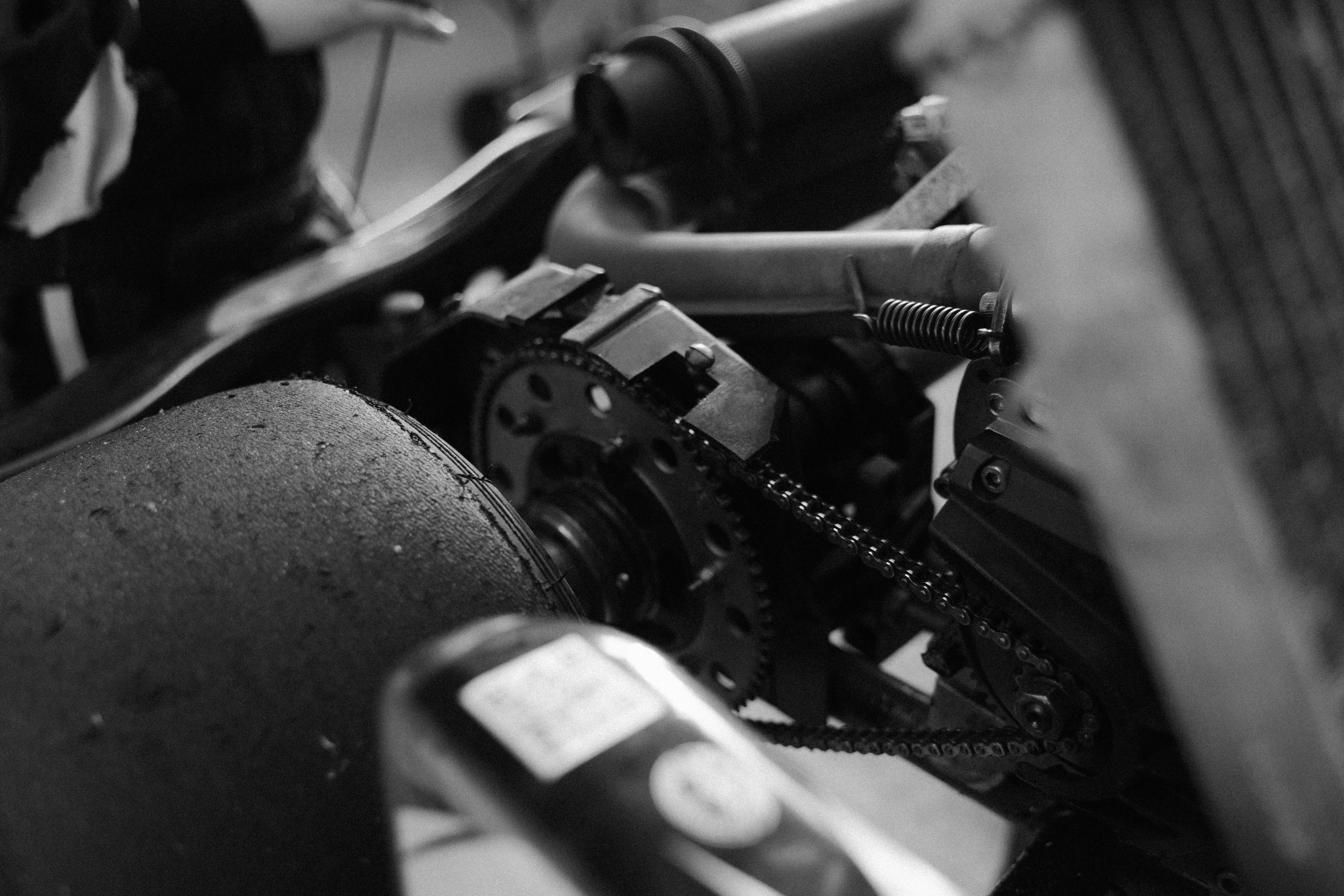Is there a ‘green’ future for bucket trucks?
The current trend these days is for many automakers to turn to hybrid vehicle design for their businesses. The rising cost of gasoline and growing environmental awareness are driving car manufacturers to create a more efficient and environmentally friendly car. It seems that we have only seen these types of applications with small and medium vehicles. In fact, a feasibility study was conducted in 2005 to determine the feasibility of using hybrid power in bucket trucks.
Large fuel consumption needs
The reason a bucket truck is a good target for this new type of power is because of the large amount of fuel they consume in daily operations. Anytime the vehicle boom is moved and is in a raised position, the engine has to keep running to provide power to the hydraulic system to operate the boom that holds the bucket.
Keeping the hydraulic boom up for several hours also means keeping the engine running for the same number of hours to keep the boom moving and maintain your working height. Every time the boom is used, the engine consumes fuel and this greatly increases the truck’s operating costs.
Need for alternative power supply
To gain efficiency and reduce operating cost, an alternative power source is installed in the vehicle. Using a battery-powered electric motor, the vehicle can travel on roads and provide power to the truck’s hydraulic system during operation.
Operating efficiency
The hybrid bucket truck has proven to be very fuel efficient during operations. The electric motor drives the hydraulic system so that the engine can be turned off during boom operation. Once battery power is depleted, the vehicle’s main engine automatically turns on and takes over from the hydraulic system so work can continue without interruption. The truck’s battery recharges automatically once the engine takes over; it can also be recharged by plugging it into a conventional outlet.
Quieter operation
Aside from the fuel efficiency offered by this type of vehicle, whenever the electric motor takes over to drive the truck’s hydraulics, the result is a quieter operation, as there is no engine whine in the background. The absence of engine noise is an added bonus as it means the operator and the person working on the bucket can hear better and therefore exchange information much more easily while working.
In general, it is estimated that a hybrid bucket truck will only consume about half the amount of fuel as a similar conventional vehicle. So far the hybrid hub test has been successful in terms of fuel efficiency with reduced noise emission as an added feature.
Main obstacles to overcome
Despite the optimistic outlook for the hybrid bucket truck and increased fuel efficiency, there are still some significant hurdles to be overcome. One of the hurdles is the increased cost of production, as adding an electric motor and equipping the vehicle with more battery capacity means redesigning truck components at additional production cost. Even the long-term maintenance cost of the battery is an issue.
Although it is still rare to see these new hybrid drive vehicles in use by local power companies, there are some major manufacturers that have taken the lead and realized the potential of hybrid drive bucket trucks. Even small electric cooperatives in Pennsylvania have started using these vehicles as their flagship to promote energy conservation. So far, the future for this type of hybrid technology has been very promising. Only time and the potential for continued rising fuel prices will tell if this hybrid vehicle will achieve its goal of being the leading type of bucket truck in use!
